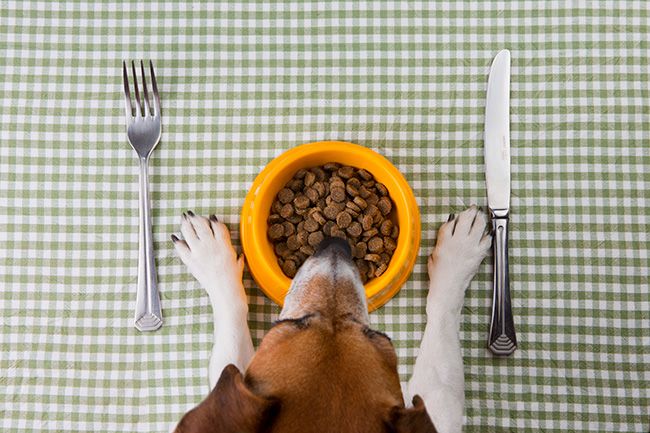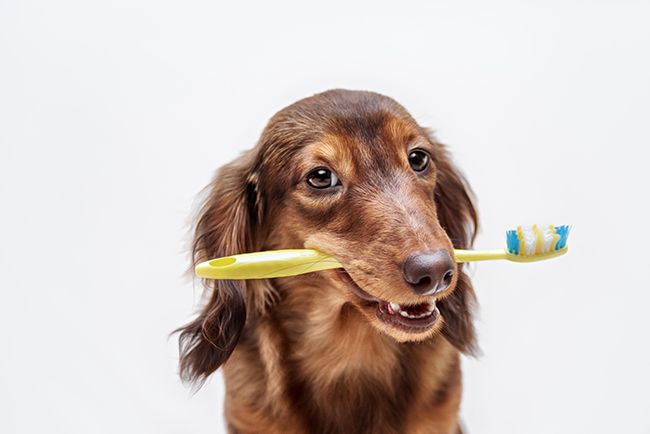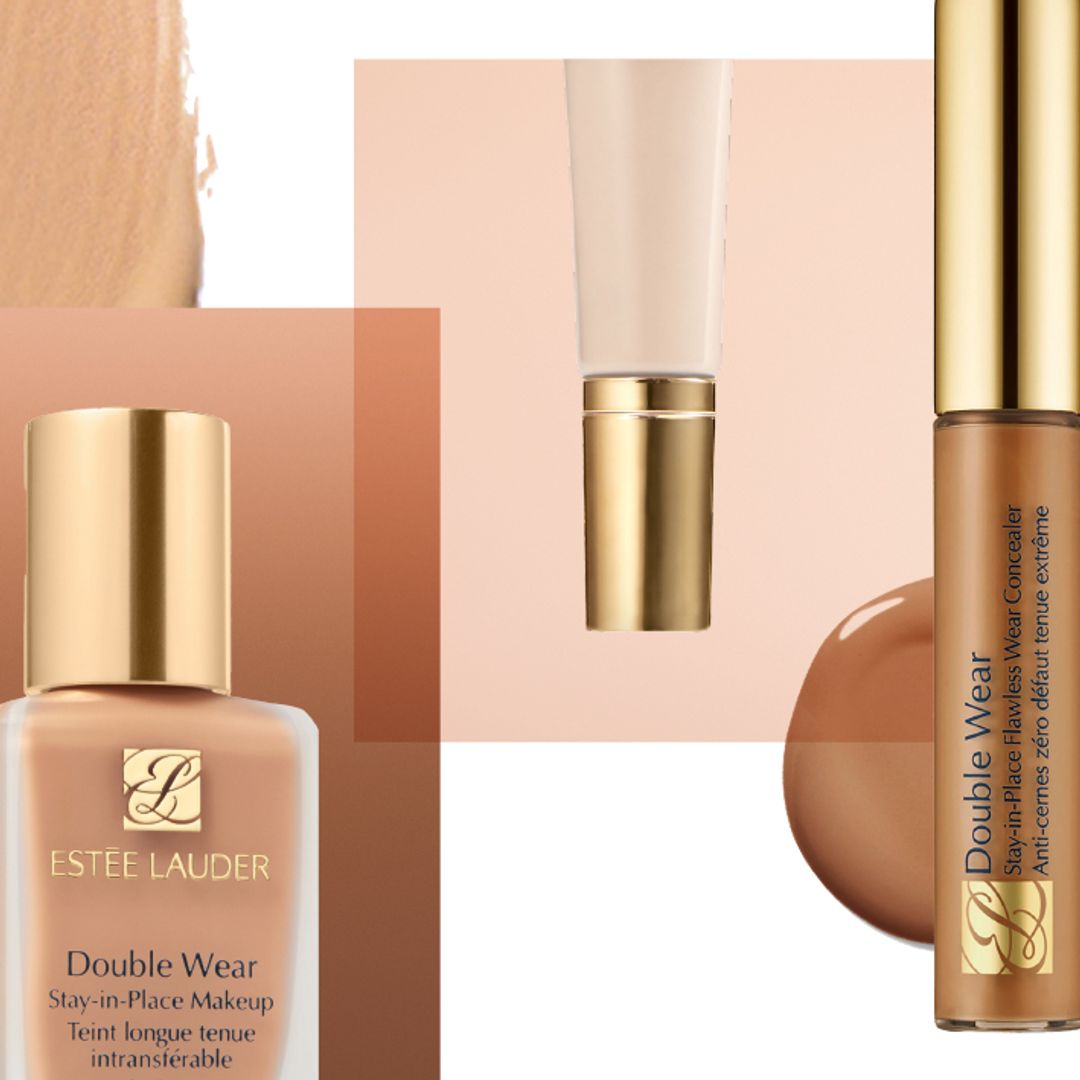Whether your best friend is a loyal old hound or a perfectly puckish puppy, there’s one question you’ll certainly have wondered at some point in their lives: what should I feed my dog? And whether your pet pooch takes after the Queen's corgis, or is more of an Instagram wannabe like Pomeranian Boo, every dog-lover knows the importance of a canine's canines, and just how difficult it can be to find the perfect diet for your dog, not only for health, but also for their oral care.
From making sure to brush teeth daily to whipping up a balanced meal, dog feeding experts Pedigree have walked us through the best ways to keep your dog's bite as healthy as their bark – and the message is clear. Just as with people, dog oral care starts with a varied, delicious and nutritious food plan.
What you should or shouldn’t be feeding your dog
Pedigree recommends that your dog's main meals consist of 50 per cent dry food and 50 per cent wet food. Dry food helps to keep teeth and gums clean by providing an abrasive texture and the wet food provides moisture, variety, taste and texture that dog’s really enjoy! Wet food is also far less calorie dense than dry food so owners can enjoy offering a satisfying meal. 10 per cent of a dog’s daily calorie intake can consist of snacks – table scraps or training treats – to reward good behaviour or for cementing that special bond with your pup!
The dietary requirements of dogs vary greatly at different life-stages, for example the nutrients that a puppy needs in their diet is very different to that of an adult or senior dog. Dogs of different sizes also have different nutritional requirements so it’s important to choose a food that is balanced and complete, delivering nutrition that it tailored to the size and lifestage of your dog. It’s also important to know that lots of human foods are toxic to dogs including chocolate, onions and garlic.
Fibre, calcium, zinc and vitamin E are just some of the nutrients vital to a dog's development at all ages, so it's important to make sure your dog food contains these, such as in Pedigree wet food options.
But your dog's caloric intake varies drastically depending on their breed and size. Just like humans, every dog is an individual and their calorie requirements also change based on their age. Make sure you follow the manufacturer’s feeding guidelines which can be found on their website along with a host of other fantastic insightful info on feeding your pup.
Once you’ve made sure your dog is eating the right meal, it's equally important to actually clean those teeth
While it might be difficult at first to encourage your dog to grin and bear a thorough tooth brushing, most dogs actually love getting their pearly whites in order, and for good reason. Sadly, 4 out 5 dogs over the age of 3 suffer from gum disease* and toothbrushing is the best possible means to care for your dogs teeth. S igns to look out for include bad breath, excessive drooling, swollen gums or tartar build up on the teeth. It's also important to note any changes in eating or chewing habits, or pawing at their face or mouth. Cleaning and brushing your dog’s teeth And while it might be easier to work it into a puppy's training regiment rather than a grown pooch, Pedigree suggests that in this case it is possible to teach an old dog new tricks. The key is to go slowly: start by introducing your pet to the taste of canine toothpaste and work up to brushing their teeth with a non-threatening finger to ensure they don't become uncomfortable long before attempting a brush. If they can't handle a daily brush, veterinary dentists suggest aiming for two to three times a week, and that lots of treats can win them over if they're still a nervous brusher…
And for a little added help, Pedigree suggests their specially formulated dental chews for dogs to help to provide a deep clean, reduce tartar and help with fresh breath – so you'll be able to enjoy those close canine cuddles throughout your pet's life.
If you have any concerns with your dog’s diet, visit Pedigree’s dog nutrition page and consult with your local vet.
• * Kortegaard HA, Erikksen T and Baelum V. (2008) Periodontal disease in research beagle dogs – an epidemiological study. Journal of Small Animal Practice 49, 610-616.













